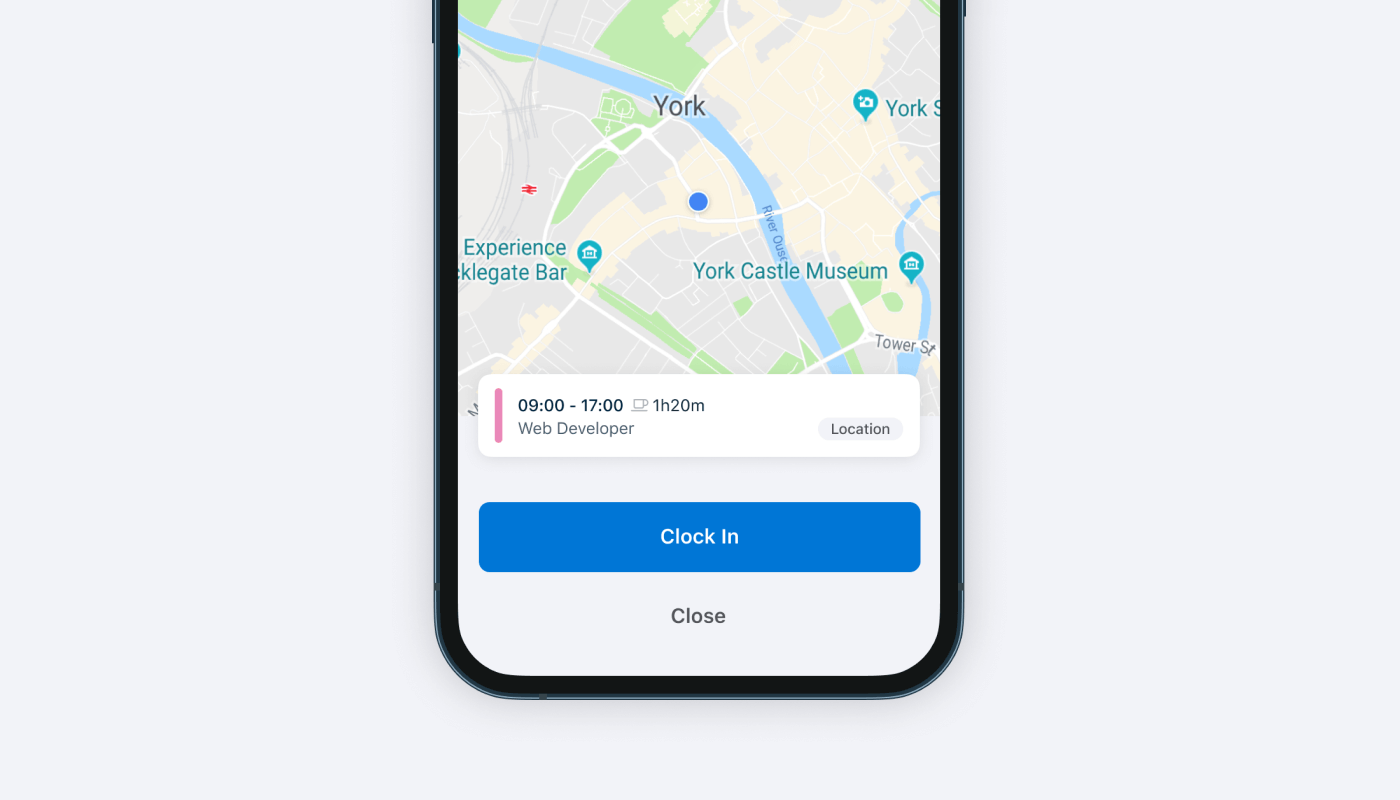We all know by now that it pays to have happy employees. Happier staff are more productive, more punctual, and much more likely to stick around, saving their employers thousands of pounds a year on recruitment, training, sick leave, and lost productivity.
But did you know that the way you plan, distribute, and manage your rotas can have a big impact on the wellbeing of your staff?
Join us as we share our tips for boosting your team’s wellbeing, simply by changing the way you do your rotas — because, let’s face it, after the year we’ve had, we could all do with a boost!
1: Plan around your people
Instead of viewing the rota as a set-in-stone schedule where staff are assigned fixed shifts, being a little more flexible can work wonders for staff wellbeing.
- Take into account employees’ schedules and preferences — if you know they need to be attending lectures or doctor’s appointments, try to work around them.
- Where that’s not possible, encourage staff to arrange shift swaps between themselves — with any changes to be approved by you or other managers.
- Think about the impact that long or challenging shifts can have on your employees’ mental and physical health — and therefore productivity and absence rates.
In RotaCloud
Staff rostering software like RotaCloud makes planning flexible rotas around your employees much easier.
- View employee availability. All staff can specify their availability patterns, which you can see on the rota as you build it.
- Shift swaps and cover can also be arranged through RotaCloud — the relevant people get notified during every step of the process, you get the final say, and the rota is updated automatically.
- See daily and weekly hours on the rota as you plan, and generate reports to make sure staff aren’t being overworked.

2: Plan early, share early
The earlier the rota is built and shared with employees, the less stress for everyone involved. After all, staff can’t plan the rest of their lives if they don’t know whether or not they’ll be working tomorrow — and that will have an impact on both their mood and performance when they're at work.
- Build out the basic rota as far in advance as possible, so that you only need to make small tweaks in response to demand nearer the time
- Publish the rota at the exact same time for each week or rota cycle, so staff know when to expect it
- Send the rota to staff electronically (either via email, WhatsApp, or a similar system), to ensure they receive it promptly
- How far you share the rota in advance depends on the nature of your business and team, but we’d argue that every rota manager should aim to give staff at least a few days’ notice of their shifts if wellbeing is at all important.
In RotaCloud
RotaCloud’s copying, publishing, and notification tools make it simple to get your rota to your staff quickly, reducing stress and helping staff plan their personal lives, too.
- Build the bulk of your rota in seconds by copying previous periods and making quick drag-and-drop adjustments (with costs, booked leave and availability patterns all visible as you plan)
- Notify staff of shifts via email, SMS or push notification (they can choose how they get notified) simply by clicking ‘Publish’ when you’re ready.
- You can publish any changes in just the same way — relevant staff get notified at once, so they'll never miss an update.

3: Make your schedule accessible
Getting the rota published early is all well and good, but if staff can’t check their shifts quickly and easily, you risk shift mix-ups. Staff might come in late, early, or completely forget they were working, causing plenty of stress. Employees could also lose hours of their day to an unnecessary commute (not to mention the cost of any transport) if they don't have access to the most up-to-date schedule.
- Put your rota somewhere online — whether it’s on WhatsApp, Google Drive, or the company intranet, and make it clear which is the most up-to-date version
- Notify all relevant staff when changes are made to their shifts, so they know they need to check the rota again
In RotaCloud
As you might have guessed, RotaCloud is cloud-based(!), so employees can check their rota from their phones or laptops, and always get notified if something relevant changes. And importantly, they know the rota they’re viewing is always up to date — significantly reducing the chance of stressful shift mix-ups.
4: Encourage use of annual leave
Taking annual leave is good for both our physical and mental wellbeing, yet 40% of staff take only half of their annual leave. Managers should encourage staff to book their leave early, and ideally spread throughout the year, not just to help with planning, but to boost wellbeing too.
- Make employees’ remaining leave allowances easily accessible to them (and keep them up to date!)
- Periodically remind employees to take annual leave, particularly if they have a disproportionate amount of leave left to take
- Reduce barriers to taking leave — make the process as easy as possible, and ensure any restrictions on taking leave aren’t too strict
- However, make sure you know exactly how many staff are taking leave on any given day, so you know you won’t be understaffed and putting pressure on the remaining staff
In RotaCloud
Leave management is fully integrated into RotaCloud. Staff can request leave, view booked leave, and see remaining leave allowances anytime they like through the app. Managers can set leave rules and embargoes to make sure the business is never understaffed, and see which employees need to take more leave.

5: Keep track of sickness & lateness patterns
Normally, managers take note of sickness and lateness for disciplinary reasons, but you can also use this data to infer wellbeing. For example, an employee with a high number of absences is likely to be struggling with either physical or mental wellbeing. Discussing these absences with the employee in a confidential and constructive way may help you make some reasonable adjustments (in the workplace, when scheduling etc) to improve their wellbeing.
- Carefully track absence metrics such as the Bradford Factor
- Use these metrics as the starting point for discussions, rather than as an automatic trigger for disciplinary action
In RotaCloud
RotaCloud’s numerous reports on absence and lateness give you plenty of visibility of these key wellbeing markers — and they’re based on reliable data straight from the rota and your timesheets.
6: Clock in & out (salaried workers too!)
This tip may seem a little strange, but it’s one that we’ve used ourselves here at RotaCloud to great effect.
Even though many of our staff work identical hours each day, we still clock in and out of our 'shifts' each day. This has proved particularly good for wellbeing since we’ve been working from home, as it provides a psychological divide between work and leisure time. We know this tip doesn’t apply to every business, but it’s a simple boost to wellbeing that can be implemented in almost all remote teams.
In RotaCloud
Employees can clock in and out from static terminals or their smartphones using the RotaCloud app. In, out, and break times get fed into timesheets automatically, so there’s no data entry required.

Summary
We know that the main reason businesses implement staff scheduling processes or software isn’t for the wellbeing benefits they can provide, but there’s no doubt they can be an overlooked upside of smarter people management at your business. All it takes is to look at your rota planning and time tracking processes and data in a slightly different way.
Sure, planning rotas around your staff might take a little longer to begin with, but the time you'll save later on — plus the benefits to your employees' wellbeing — will make it all worthwhile.







